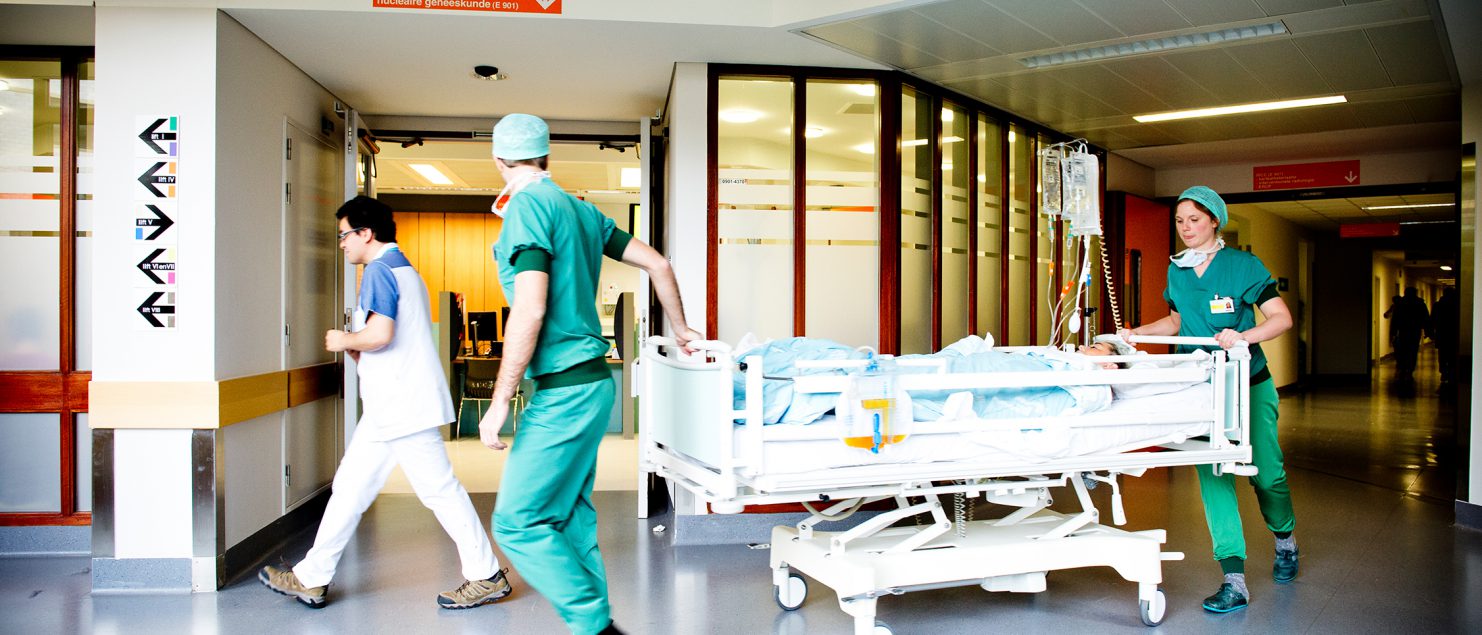Sara Willems defends PhD “Reducing the gap between predicted and experienced indoor environmental comfort”
Research[x]Designer Sara Willems is delighted to invite you to her public PhD defence
on Thursday 22 September 2022 at 1:30 PM
in Aula Jozef Heuts, Kasteelpark Arenberg 20, 3001 Heverlee, Belgium.
The defence will also be streamed live. You can access the streaming via this link on the day of the defence.
Please confirm your attendance before the 20th of September via this link and indicate if you will join online or on campus.
You can park at parking Landbouwinstituut (code: 2572#)
or get off at bus stop Heverlee Kantineplein.
The presentation will be in English.
Examination Committee
Prof. dr. ir. arch. Ann Heylighen (Supervisor), KU Leuven, Dept. of Architecture
Prof. dr. ir. arch. Dirk Saelens (Co-Supervisor), KU Leuven, Dept. of Civil Engineering
Prof. dr. ir. arch. Margo Annemans, University of Antwerp, Faculty of Design Sciences
Prof. dr. ir. Jean Berlamont (Chair), KU Leuven, Dept. of Civil Engineering
Prof. dr. ir. Philomena Bluyssen, TU Delft, Architectural Engineering + Technology
Prof. dr. Peter Hoet, KU Leuven, Dept. of Public Health and Primary Care
Prof. dr. arch. Andrea Jelić, KU Leuven, Dept. of Architecture & Dept. of Civil Engineering
Prof. dr. ir. arch. Staf Roels, KU Leuven, Dept. of Civil Engineering
Summary
The way in which hospitalized patients experience the indoor environment (e.g. light, temperature, sound, building characteristics) of their patient room influences their comfort and the adaptation they adopt to improve their comfort when discomfort occurs.
Different types of research try to understand what a comfortable indoor environment means. Architects and engineers who design buildings apply different types of models, some of which also predict comfort. However, research shows that predicting comfort is not that simple. For example, it is observed that (1) in some models the predicted percentage of satisfied users does not correspond with the expected one even though the indoor environment complies with threshold values according to the model. It also turns out to be extremely difficult (2) to take occupants’ adaptations of indoor conditions into account in those models. At the same time, research (3) does not fully understand yet the roles that the built environment plays in occupants’ experiences.
Four points of attention require further research to reduce these gaps. More insight is needed into: (1) interactions between people and indoor conditions through perceived control and adaptation, (2) interactions in experience between different indoor environmental quality factors (e.g. between thermal and acoustic comfort), as well as differences (3) between people and (4) between settings that influence the experienced indoor environmental comfort and adaptation.
This research investigated whether more insight can be gained into these four points of attention by integrating the three aforementioned types of research and formulated the following research question: How do hospitalized patients’ experiences of their patient room’s indoor environment relate to measureable values of IEQ parameters (e.g. indoor air temperature)?
The research question was answered by conducting two mixed methods case studies at surgical wards of two Belgian hospitals. Both qualitative and quantitative data were collected. It consisted of interviews, self-documentation, questionnaires, sensor measurements, and simulations of indoor conditions and the heating demand. The different types of data were first analyzed separately and then simultaneously to create a synergy between them.
The case studies have contributed in various ways to improving the understanding of the four points of attention mentioned above. Regarding the first point of attention, five adaptation strategies were identified in the interactions between patients and indoor conditions. We distinguish between situations in which participants perceive control or not. In the first case, they adapt (1) indoor conditions, (2) sensations (e.g. hot or cold) or the information they experience about objects and events in their environment (e.g. that nurses are walking in the corridor) (3) or their position; or (4) they adapt to indoor conditions by choice. In the absence of perceived control (5), adaptation feels imposed. This detailing of adaptation strategies adds to previous descriptions of adaptation. In addition, experiences of the indoor conditions seem to be different when participants adapt the indoor conditions or have no wish to adapt them than when they choose to adapt themselves to those conditions or when adaptation feels imposed. Sensations (e.g. hot or cold) tend to be more neutral and satisfaction higher in the first two cases. With regard to the second point of attention, more insight was gained into interactions that occur between the indoor environmental quality factors in participants’ experience. Satisfaction with one indoor environmental quality factor (e.g. acoustic comfort) seems to be related to satisfaction with another factor (e.g. thermal comfort) and variations in indoor environmental quality parameters (e.g. indoor air temperature) that are often associated with another factor (e.g. thermal comfort). With regard to the third and fourth points of attention, it was explored which characteristics related to patients and their setting influence their comfort and adaptation. Characteristics were identified for which participants’ visual and thermal comfort are similar and different, and for which their visual and thermal adaptation is different but comfort similar. Which visual conditions participants find comfortable seems to differ when they assess their well-being differently; which thermal conditions they find comfortable when their birth sex differs or they assess their well-being differently. Participants seem to adopt different adaptation strategies with regard to visual comfort when the type of room (i.e. single or double room), their length of stay in the hospital, or the number of days they have already been hospitalized differs; and with regard to their thermal comfort when the average outdoor temperature, the average outdoor global radiation, the type of room, the combination of the window orientation and the view out, or their age differ. A first attempt has also been made to incorporate the adaptations of indoor conditions into models. Eleven models of thermostat adaptations in patient rooms were set up. Such models can be used by designers to verify and compare the energy use resulting from adaptation for different design alternatives.
The positive influence on patients’ experience when they adapt indoor conditions suggests that designers should design adaptable building characteristics that align with the competences of different patients. Designing patient rooms that support patients’ autonomy is expected to increase comfort while reducing the percentage of time that the heating or lighting is working. The insights from this research will further contribute to a reduced gap between experienced and predicted indoor environmental comfort.
This research was conducted in the Research[x]Design group of the Department of Architecture and the Building Physics and Sustainable Design group of the Department of Civil Engineering, with support from the Research Foundation Flanders [grant number 11A7519N].
Photo courtesy UZ Leuven

